West Virginia Black Lung Strikes of 1969
Introduction
Text-to-speech Audio
Images
Protest sign at a Black lung rally, 1969
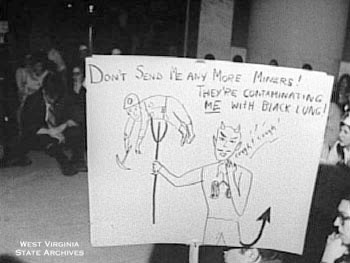
Miners and their family members marching towards the West Virginia state Capital, 1969
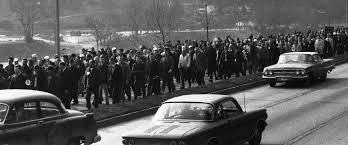
Patients at Dr. Donald L. Rasmussen's Black lung research clinic
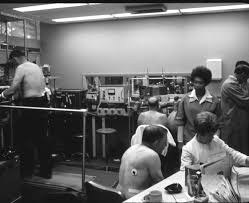
East Gulf Mine, where the protests began
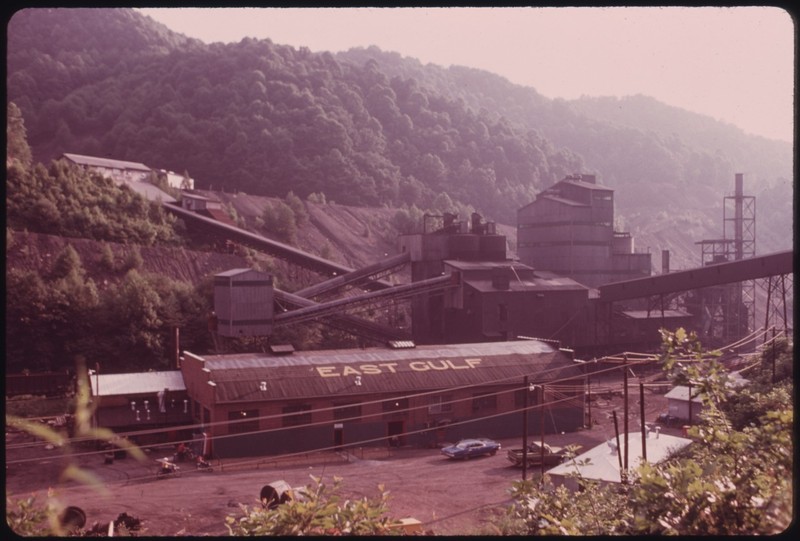
Protesters at Black lung ralley in Charleston, 1969
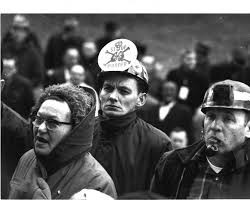
Image of the effects of Black lung
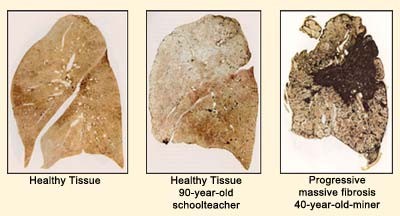
Backstory and Context
Text-to-speech Audio
Black lung is a disease caused from prolonged exposure to coal dust. As the coal mining industry expanded, mine workers began to complain in droves about “miner’s asthma,” as the disease was called at the time. Even more miners suffered from the disease as twentieth century mining mechanization caused higher levels of coal dust to be present in the air of the mines. Despite the number of miners suffering from the painful and sometimes deadly condition, Black lung was not recognized as being a debilitating sickness by many doctors. Great Britain recognized pneumoconiosis as a compensatory sickness in 1943, yet many in the United States continued to believe the mine workers were complaining about Black lung symptoms just to receive unfair compensation.1
The issue of Black lung received national attention during the media coverage of the explosion at the Consolidation Coal’s No. 9 mine at Farmington, West Virginia. 78 miners died from this disaster and the event received national media attention. This event proved to the public that coal mining needed reform.
Three doctors campaigned widely at this time to get the dangers of Black lung recognized: Dr. Isadore E. Buff, Dr. Hawey Wells, and Dr. Donald L. Rasmussen. These physicians would travel throughout coal mining communities educating people on the illness. They also played central roles in preparing the Black lung bill and pressuring the state legislature to pass it. Their work proved the doctors who argued that Black lung was not a serious health threat wrong.2 In December of 1968, against the wishes of the leadership of the United Mine Workers of America, the Black Lung Association was formed in Montgomery. This new group prepared a bill that would require miners suffering from Black lung to be compensated fairly for the preventable illness.
To gain attention and support for this bill, 282 miners at the East Gulf Mine staged the first walkout on February 18, 1969. Within days, the strikes spread and grew momentum throughout the southern coal fields. On February 26, 2,000 miners marched to the state capital to demand immediate action on the bill. When the legislature came back with a weak bill, all of the 40,000 miners in the state went on strike. This pressured the House and Senate to pass a stronger bill to fairly compensate miners suffering from Black lung. Miners went back to work the morning after Governor Moore signed the bill on March 11.
This is both one of the largest and longest strikes on the issue of occupational health in the history of the United States.3 These events caused Black lung to gain national attention and led to the passage of similar laws in other states. It also pressured the United States Congress to pass the Coal Mine Health and Safety Act of 1969. This law placed strict standards on coal dust levels deemed safe for miners and provided federal compensation for both miners with Black lung and widows left alone after their spouse died from the disease.
The protests of 1969 changed the coal mining industry and allowed for miners’ safety. One quote from Representative Ken Hechler, who advocated for the passage of the West Virginia bill, sums up the success of this monumental strike in which workers fought for their own rights:
"The greatest heroes are you coal miners who have taken your future in your hands and said: 'No longer are we going to live and work and die like animals'”.4
